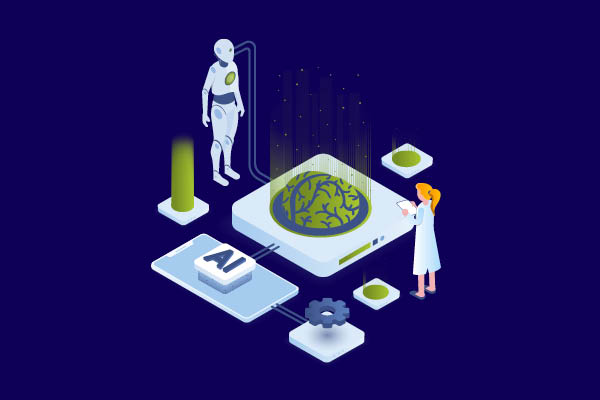May 16, 2017

Attracting customers with inbound marketing
Inbound marketing is a customer-centric approach that focuses on attracting customers to your business. Unlike traditional interruptive marketing that vies for attention through cold calls, purchased ads, and email blasts, inbound marketing responds to prospects’ needs and interests by offering them valuable content in the right place and at the right time.
“By publishing the right content in the right place at the right time, your marketing becomes relevant and helpful to your customers, not interruptive.” – Hubspot
Read more about inbound marketing here.
So how does inbound marketing work for B2B?
It’s often assumed that inbound marketing is better suited for businesses that sell directly to consumers (B2C); and, in the recent “push” to “pull” marketing shift, it appears that B2C organizations have more easily adopted this new marketing model.
In contrast, B2B or B2C organizations appear to be more skeptical and adopt the new approach with more caution. The main reason for this is that a lot of B2B and B2B2C organizations are still trying to figure out how inbound marketing can work for them; and they often question whether this new approach is even applicable to business customers.
The answer is — of course — YES!
Because the truth is that it doesn’t matter what you’re selling or to whom, the majority of your prospects are usually partially through the buying cycle before they even consider talking to a salesperson.
And that’s where the emphasis needs to be — ON YOUR PROSPECTS. In order for inbound marketing to work, you need to have an in-depth understanding of your value chain and your sales model. Once you have that, you can then create valuable content that attracts visitors to your business, converts them into prospects, engages them until they decide to purchase your product or service, and then delights them so they become promoters of your brand.
In this manner, you can use inbound marketing to create a win-win situation where you get closer to both your distributors and your end users, and in the process, increase brand awareness to enhance end-user demand for your brand (even if you they are not buying directly from you).
But here’s the thing – you need to be in it for the long haul. Inbound marketing takes time, effort, and patience. But it’s definitely worth the wait!










































